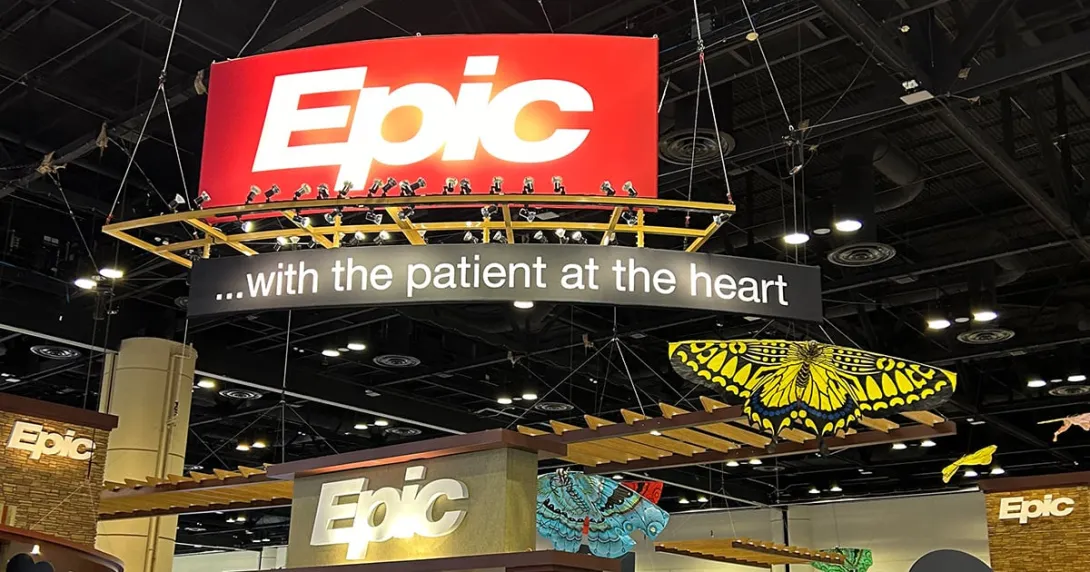First there was Yale-New Haven Hospital, the 944-bed primary teaching hospital for the Yale School of Medicine. There is also the children’s hospital and the psychiatric hospital.
Most recently, the health system added the Smilow Cancer Hospital at Yale-New Haven, a $467 million, 14-story paragon of patient care and safety, of environmental virtue – and of information technology.
For 11 years Yale-New Haven Hospital has been on the Most Wired Hospitals list and for seven years, it has been on the Most Wireless list, too.
Smilow opened its doors nearly a year ago, and it is already proving to be a leader amid leaders.
“Smilow is our first place where we have a fully integrated inpatient/outpatient record,” said Yale New Haven Senior Vice President and CIO Mark Andersen. “We’ll be looking at how we do that now across the rest of our health system. That’s the big agenda item today – look at the broader system.”
Smilow, and the other three hospitals use clinical information systems developed by Atlanta-based Eclipsys. (Allscripts and Eclipsys shareholders approved the merger of he two healthcare IT companies in August).
Imaging technology
Smilow Cancer Hospital has increased imaging capacity for diagnostic radiology at Yale from five magnetic scanners to eight, including dedicated MRI machines in the Breast Center on the hospital’s first floor and in the operating room for MRI-guided surgery.
“For example,” said Peter M. Glazer, MD, “therapeutic radiologists are using a Novalis BrainLAB system, which allows stereotactic treatment – minimally invasive techniques guided by a three-dimensional coordinate system—for tumors of the spine and other locations. Before Smilow, many of Yale’s cancer programs required patients to schedule visits throughout the Yale Medical Center for services such as chemotherapy or radiology. At Smilow Cancer Hospital, those services are centralized. “We have providers interacting with one another in ways they weren’t interacting before,” said Peter Marks, MD, hematologist and the hospital’s clinical director. “We’re able to have various specialists, such as a medical oncologist, a surgical oncologist, a radiation oncologist and even a medical specialist all here at the same time, sometimes side by side, seeing a patient. We know that patients have better outcomes and more satisfaction when they’re treated this way.”
Meaningful use
On the IT front, Andersen expects Smilow to be well positioned to show meaningful use.
He ticks down the list: 100 percent physician order entry;
100 percent physician and nursing documentation;
All electronic results like laboratory, radiology, and pathology etc., part of the electronic record;
Fully integrated inpatient/outpatient system in Smilow – one database – so all the data for one patient is together.
“Those are the major ingredients for patient safety,” Andersen said. “I think that’s what the legislation is intended to drive towards.”
Andersen calls the transition to an electronic health record a “phenomenal” achievement. “To get the doctors and nurses and other clinicians engaged around that is an organizational accomplishment that were very proud of."


